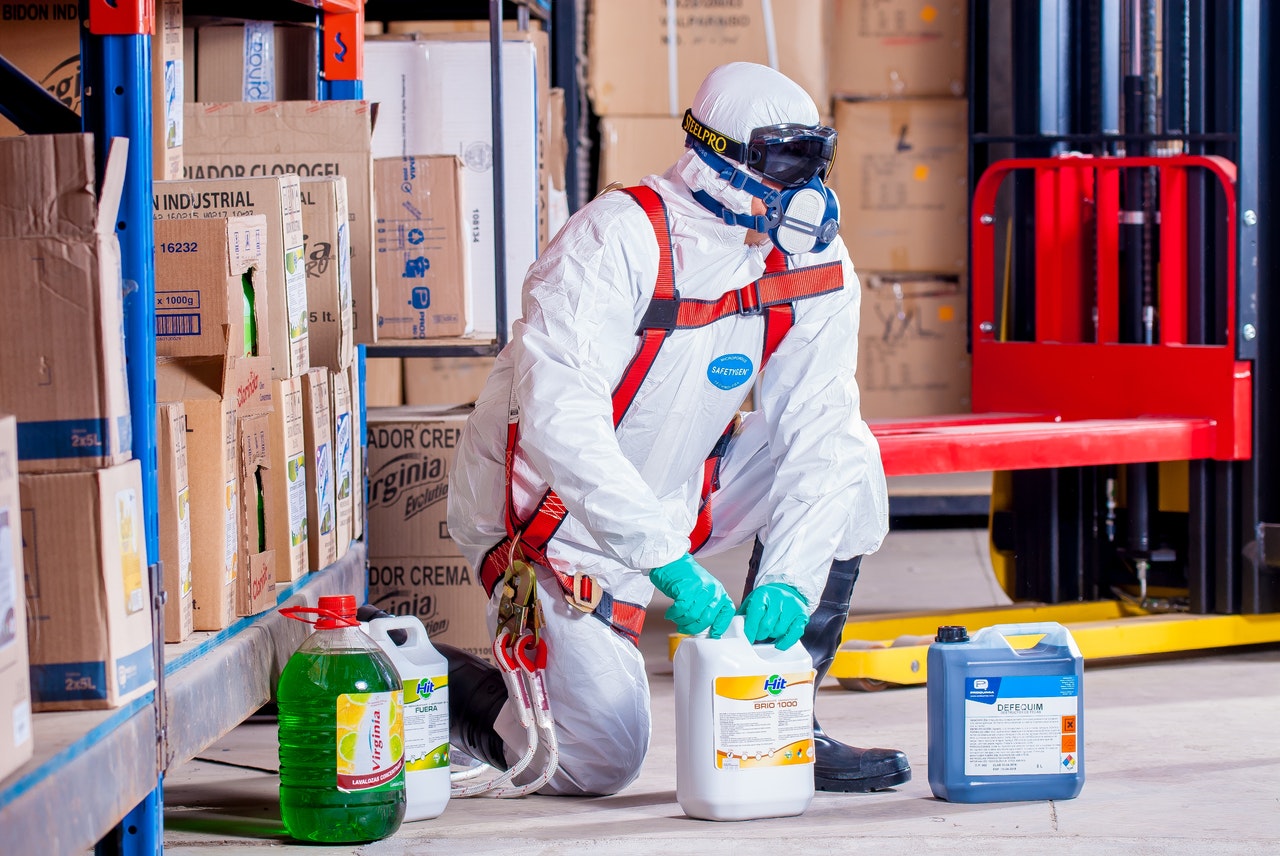When the COVID-19 pandemic started last year, the Centers for Disease Control and Prevention (CDC) rolled out a series of steps and qualifications for disinfecting public spaces. The business establishments that didn’t follow the health safety protocols would have to face the repercussions set forth by the government authorities.
Businesses have to perform cleaning and disinfection on a routine basis. They must always disinfect frequently touched surfaces. These include keyboards, handrails, telephones, and doorknobs. They can’t just use random soaps or detergents. They must use disinfectants that are registered by the United States Environmental Protection Agency (EPA). Employers must also provide disinfectant wipes for employees’ use every time that they have to use commonly shared things such as telephones.
Because of the array of cleaning protocols set by the CDC, companies scrambled to provide the proper tools, materials, and manpower to ensure that their premises meet the standards set by the government. It wasn’t easy, though. These are the ups and downs that companies faced when they tried their best to maintain health safety in their premises.
Good: Readily Available Resources
At the end of 2020, GlobeNewswire reported that the professional cleaning services industry in the United States will continue to grow even after the COVID-19 pandemic ends. Its compound annual growth rate (CAGR) is expected to grow over six percent between 2021 and 2026.
This growth is evident in how resources for cleaning are readily available to the public. Yes, in the early months of the pandemic, there was a shortage of cleaning supplies. Lysol, a well-known and trusted brand of disinfectant spray, quickly disappeared from store shelves.
It’s different today, though. Now that the initial panic over the coronavirus has dialed down a bit, more people can access cleaning supplies in their nearest convenience stores.
Apart from that, professional cleaning services are more accessible today. Due to the rise of franchising of janitorial services, people now have an array of companies where they can outsource cleaners. This way, they’re leaving the cleaning up to the professionals. They are, after all, more experienced in making sure that our offices are properly disinfected.
Good: the Growth of Smart Cleaning
Like in many things, the advancement of technology doesn’t fall short when it comes to cleaning. Three aspects of technology have been improving the way we clean. These are the Internet of Things (IoT) and automation.
The IoT has been helping professional cleaning services keep track of their clients. It increases their efficiency. Thus, they’re able to reach more clients, clean more commercial spaces, and ensure health safety in public places. Automation is also becoming more popular today with smart cleaning. It’s more than just having a Roomba, a robot vacuum cleaner, roaming around our offices. Many public places are now investing in robot cleaners that offer sanitizers and accomplish other disinfecting tasks.
Because of these options, more companies are able to explore other ways to ensure that their premises are properly cleaned.

Bad: More Expenses
Back in June 2020, it was reported that the hotel industry would have to shell out up to $9 billion per year to fulfill the cleaning protocols set by the government. This is understandable, though. People eat, sleep, and bathe in hotels. So it’s crucial for these spaces to be properly disinfected so that guests don’t end up passing the coronavirus to one another.
Not all businesses face the same costs for cleaning protocols. But this doesn’t mean that they’re not struggling, too. To ensure health safety, companies are encouraged to purchase top-notch disinfectants. They also have to gather the necessary equipment such as temperature checkers and personal protective equipment (PPE) for their employees.
Apart from that, companies also struggled with the limited space in their offices. This is because their employees have to practice social distancing. If they couldn’t transition to remote working, then they would have to figure this issue out. They can expand their offices. They could even move to different premises. But, again, this would lead to more expenses.
The difficult part is that it’s not like they could just skimp on the expenses of cleaning and health safety protocols. They were in the name of health safety. So businesses have no choice but to accept these costs.
Companies are dedicated to making sure that their employees, clients, and customers remain safe from the coronavirus. It’s good that they have an array of options for cleaning resources. They could even take advantage of how technology is improving our cleaning practices. But they also struggled in the process, particularly with the expenses.